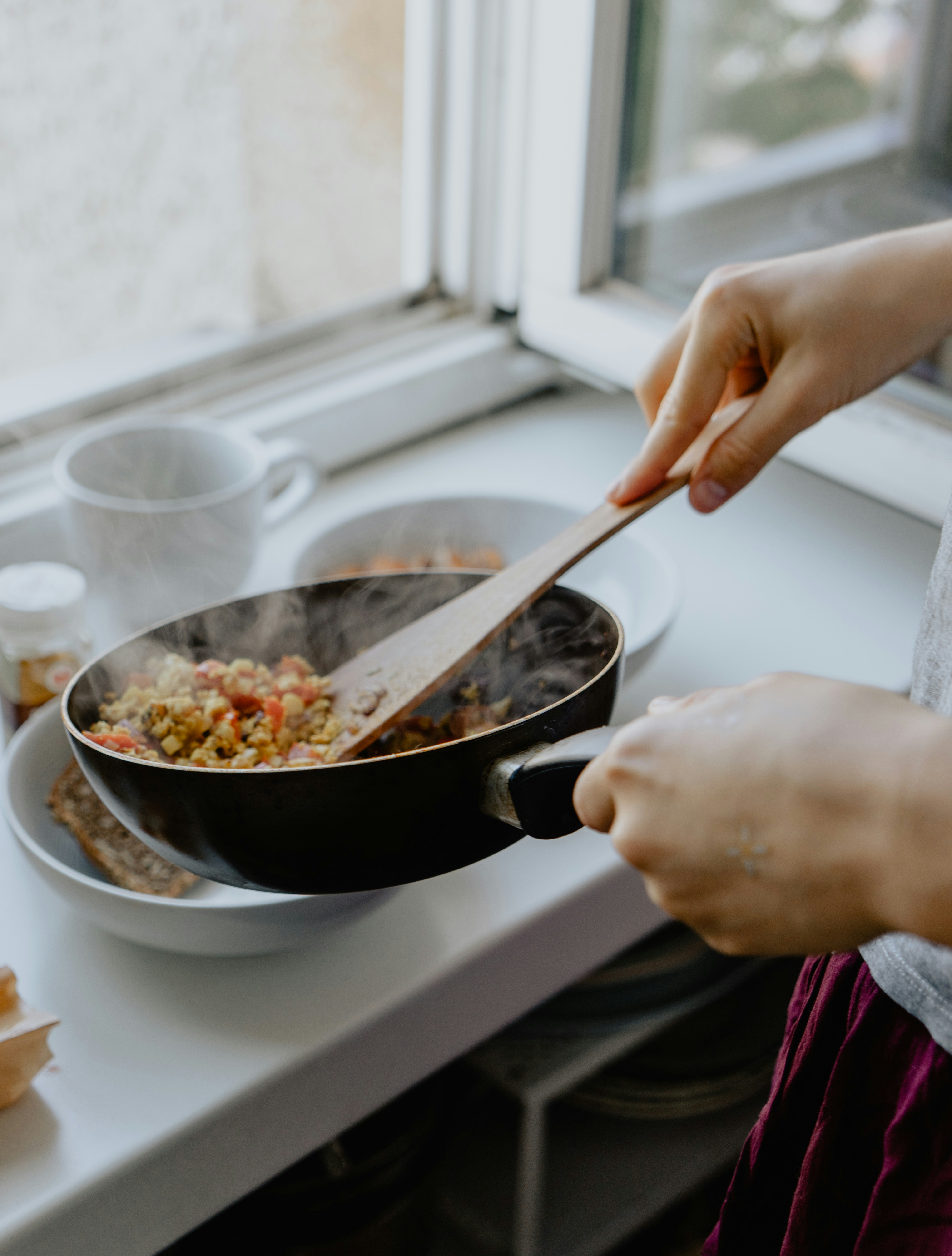Safe Food Handling Practices Every Home Cook Should Know

Do you ever worry if your food is cooked safely, especially when preparing meals outside or on the grill?
Cooking is fun and brings families together, but handling food properly is just as important as the recipe itself.
Simple habits in the kitchen and near the grill can help you keep your food safe and your loved ones healthy.

Keep Your Hands and Surfaces Clean
This is the first and most basic rule. Before starting, wash your hands with soap and water for at least 20 seconds.
Do the same after touching raw meat, seafood, or eggs. Clean all cutting boards, knives, and surfaces before and after use. If you’re cooking outside, keep wet wipes or a small handwash setup nearby.
Make sure to separate raw items from cooked or ready-to-eat foods. This helps avoid cross-contamination. It’s easy to forget and use the same knife or plate, so just keep separate tools for raw and cooked items.
Store Ingredients at the Right Temperature
Food safety begins even before you start cooking. Store meat, poultry, and seafood in the fridge and keep them cold until you’re ready to cook. If you’re carrying them outside, use an insulated cooler with ice packs.
Don’t leave perishable items out in warm weather for too long. If they sit out for more than two hours (or one hour if it’s very hot), they should be thrown away to avoid risk. Use covered containers when storing food, and always check expiry dates before use.
Thaw Foods Safely
Many people leave frozen meat or fish on the counter to defrost quickly, but this can be unsafe.
Always thaw frozen items in the fridge, under cold water, or in the microwave. Leaving them out at room temperature for too long gives bacteria a chance to grow.
If you’re in a hurry, the cold-water method is faster. Place the food in a sealed bag and submerge it in cold water, changing the water every 30 minutes.
Cook to the Right Temperature
One of the best ways to make sure your food is safe is to cook it to the right internal temperature. Use a food thermometer to check if the meat is done. Don’t rely only on how it looks on the outside.
Different meats need different temperatures to be safe. Chicken should reach at least 165°F (74°C), while beef, lamb, and pork can be a bit lower, depending on your preference and the cut. Ground meats like burgers should be cooked fully through with no pink in the middle unless the inside temperature is verified.
This is especially important when using bbq grills or cooking outdoors, where open flames and smoke can make food look darker than it is. Checking the inside of the food helps you stay confident that everything is safe.
Marinate With Care
If you’re using marinades to add flavour, make sure to marinate meat in the fridge, not on the counter. If you plan to use the leftover marinade as a sauce later, don’t forget to boil it first. This kills any germs that may have come from the raw meat.
Keep Utensils and Tools Separate
Use separate plates, forks, tongs, and cutting boards for raw and cooked foods. Even if the utensils look clean, they may carry bacteria if they’ve touched raw items earlier.
When grilling, it’s common to use one set of tongs to place the meat on the grill and then use the same pair to turn or remove the food. To be safe, either wash them in between or use two different sets.
Avoid Reusing Marinades and Basting Liquids
It’s tempting to pour that tasty leftover marinade on top of your food while grilling, but unless it’s been cooked first, this can transfer harmful bacteria. Always bring leftover marinade to a full boil before using it as a sauce. The same rule applies to basting liquids that have touched raw meat.
Keep Your Grill Area Clean and Safe
Before you start grilling, clean the grates properly. Scrape off any leftover food from the last session. Heat the grill and brush it well before placing new food. This step reduces any chance of contamination and gives you a clean surface to cook on.
Use Ice Packs or Coolers When Transporting Food
If you’re heading for a picnic, trip, or just moving ingredients from your home to your outdoor space, use coolers with plenty of ice packs. Keep raw items separate from cooked or ready-to-eat food. Labelling containers or using zip-lock bags can also help avoid any confusion.
Leftovers Should Be Stored Quickly
After the meal is over, don’t leave food out for too long. Put leftovers into the fridge within two hours. If the weather is hot, this time goes down to one hour. Divide large portions into smaller containers so they cool faster. Label them with the date and try to use them within three to four days.
Conclusion
Safe food handling doesn’t require any complicated steps it just needs attention and good habits. From keeping raw and cooked foods separate to using a thermometer and storing items properly, every small action matters. It helps protect your family and ensures that your meals are both tasty and healthy.
Spotted something? Got a story? Send a Facebook Message | A direct message on Twitter | Email: [email protected] Latest News









